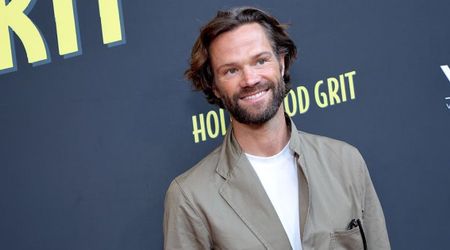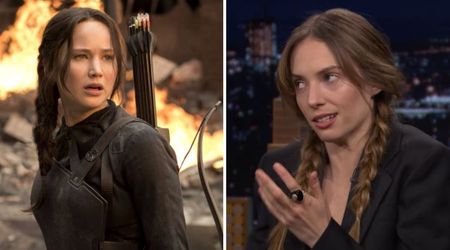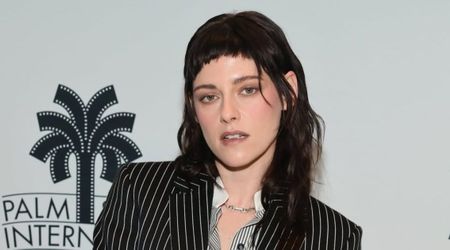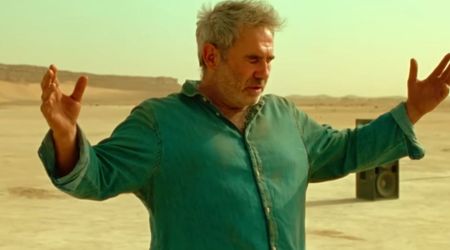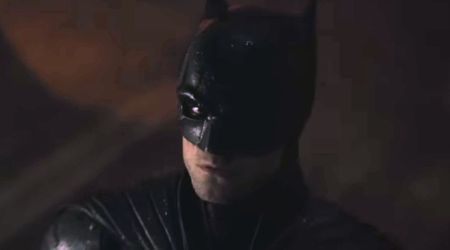'It Ends with Us’ changed its ending completely from the book, and it was the best decision

Warning: Contains graphic content, and spoilers to 'It Ends with Us', reader's discretion advised
LOS ANGELES, CALIFORNIA: The highly anticipated film adaptation of Colleen Hoover's bestselling novel 'It Ends with Us' has finally arrived, offering a fresh perspective on the heart-wrenching love story.
The movie stars Blake Lively as Lily, the protagonist, and Justin Baldoni, who also directs the film, as Ryle, he passionate love interest. Brandon Sklenar joins the cast as Atlas.
While the film remains largely faithful to the original narrative, one significant change is the ending. The book's conclusion, which left readers with a sense of hope and new beginnings, has been reimagined for the cinematic experience.
Let's delve into the changes made to the finale and explore why they work beautifully in the context of the movie.
'It Ends with Us' takes a bold direction with an ending that deviates from the book's conclusion

'It Ends with Us' new ending sees Lily and Ryle sharing a moment that hints at a potential reconciliation. While this departure from the original narrative may surprise some book fans, it serves a distinct purpose in the film's context.
The film's ending emphasizes the complexity of Lily and Ryle's relationship, leaving room for interpretation. By avoiding a definitive resolution, the movie invites viewers to reflect on the nuances of their bond.
Additionally, this change provides a more nuanced exploration of Ryle's character, adding depth to his development. The film's conclusion also emphasizes the theme of personal growth, highlighting Lily's journey toward self-discovery and healing.
The deviation from the book pays off in a powerful cinematic conclusion

The altered ending effectively uses the visual medium to convey a message that resonates deeply with audiences.
By leaving the door open for Ryle's redemption and Lily's potential forgiveness, the movie sparks a crucial conversation about the complexities of love, trauma, and personal growth.
This change also underscores the film's central theme – the journey toward healing and self-discovery is rarely a straight path.
As Baldoni explained in an interview with The Wrap, he aimed to create an ending that would 'leave audiences with a lot to think about'.
The movie's conclusion achieves this by inviting viewers to reflect on the characters's experiences and the implications of their choices.
Moreover, the cinematic twist adds a layer of realism to the story, acknowledging that relationships are multifaceted and rarely resolved with a neat bow.
Ultimately, the film's ending remains true to the spirit of Hoover's work, even as it takes a bold new direction.
'It Ends with Us' trailer
'It Ends with Us' is now available to watch in theatres near you

